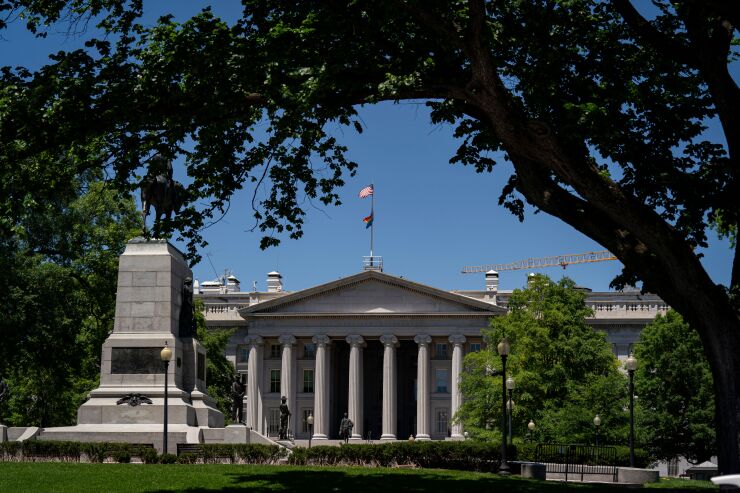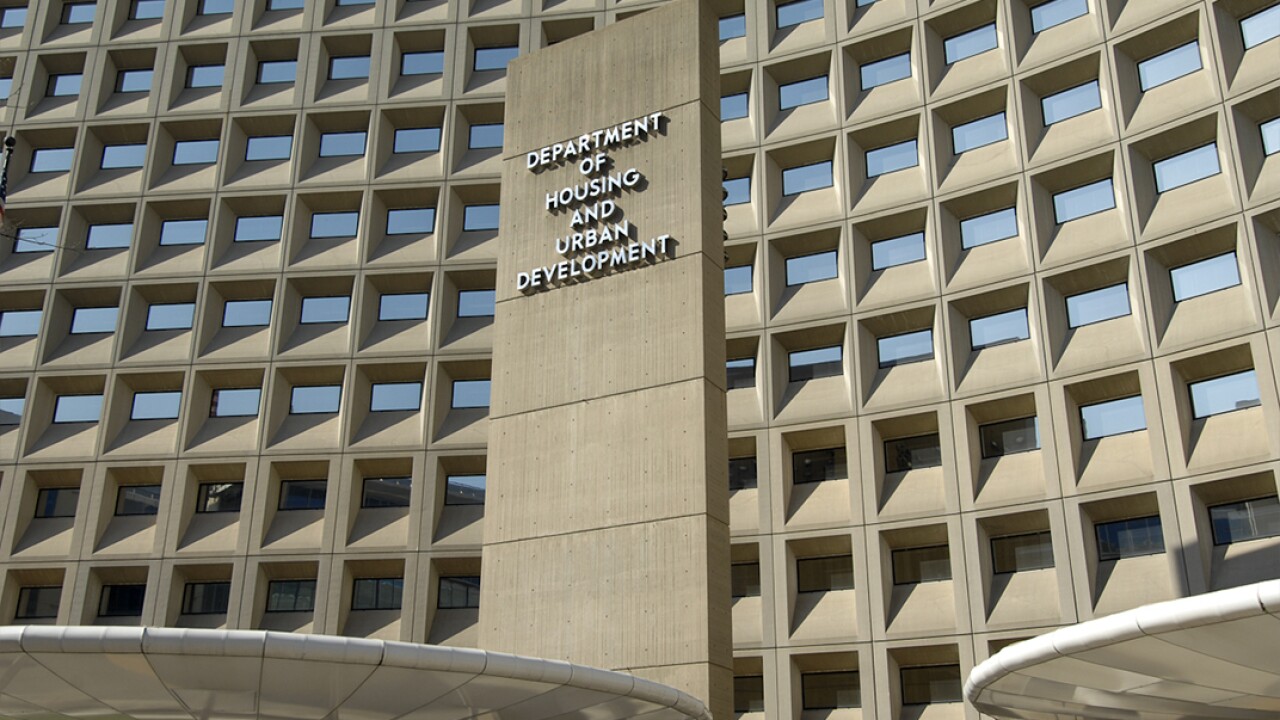(Bloomberg) -- Treasuries are poised to eke out only a minuscule return in 2024, disappointing bond traders who once anticipated a banner year as the Federal Reserve started pulling interest rates down from a more than two-decade high.
But instead of dropping, benchmark 10-year Treasury yields jumped 69 basis points this year to 4.56% — pushing down bond prices — as the strength of the economy drove the Fed to move at a more gradual-than-expected pace. It marks the fourth straight year of rising yields, the longest such stretch since 1981.
The overall price drop was offset by interest payments, allowing a broad gauge of the Treasury market to post a gain of about 0.7% this year through Dec. 30, significantly less than the 5.3% return from short-term Treasury bills. It represents the fourth year that bonds underperformed T-bills, which hasn't happened since at least 1992, according to data compiled by Bloomberg.
The poor performance is the result of a resilient economy that forced investors to abandon the aggressive bets on monetary easing they were making when the year began. The rise in the long-term bond yields also underscores concern that President-elect Donald Trump's policies may fuel inflation and widen deficits by pouring more stimulus on the economy. That's been positive for stocks, however, with the S&P 500 climbing more than 20% for a second straight year.
"Generally speaking, equities were on an upward trajectory all year, while it's been a shockingly volatile pattern for Treasuries," said Jason Pride, chief of investment strategy and research at Glenmede Trust.
Short-term debt, which is more sensitive to the central bank's policy rate, outperformed, with two-year yields poised to end the year nearly unchanged around 4.24%. That helped the Treasury yield curve restore its normal upward slope, ending a record-long inversion.
Yields followed a similar pattern in other major sovereign bond markets even as key central banks around the world, including the European Central Bank and the Bank of England, pivoted to rate cuts.
Investors are now betting that the Fed will slow down the pace of easing next year after lowering rates for the past three consecutive meetings. While the labor market is cooling, the Fed made less progress in pushing inflation back to its 2% target.
Interest-rate swaps showed investors are betting that the Fed will likely lower its benchmark rate by half a percentage point next year, with the next quarter-point cut not widely seen until in June.
More stories like this are available on bloomberg.com






